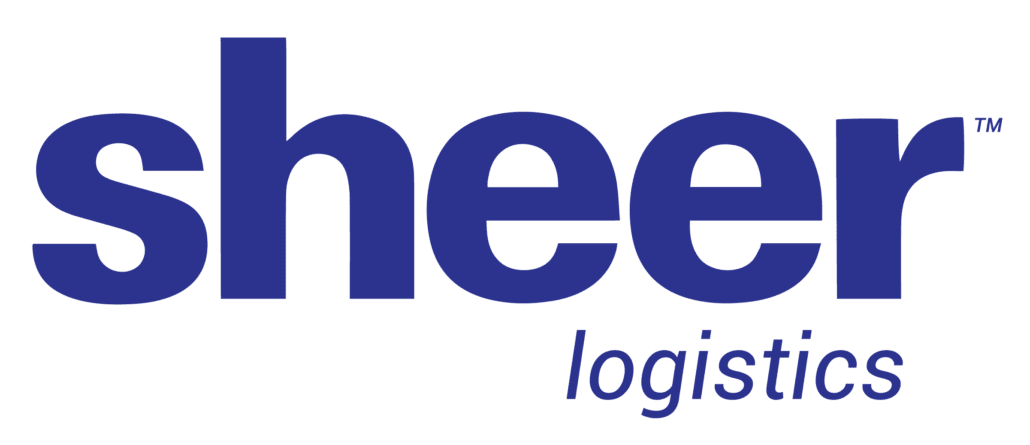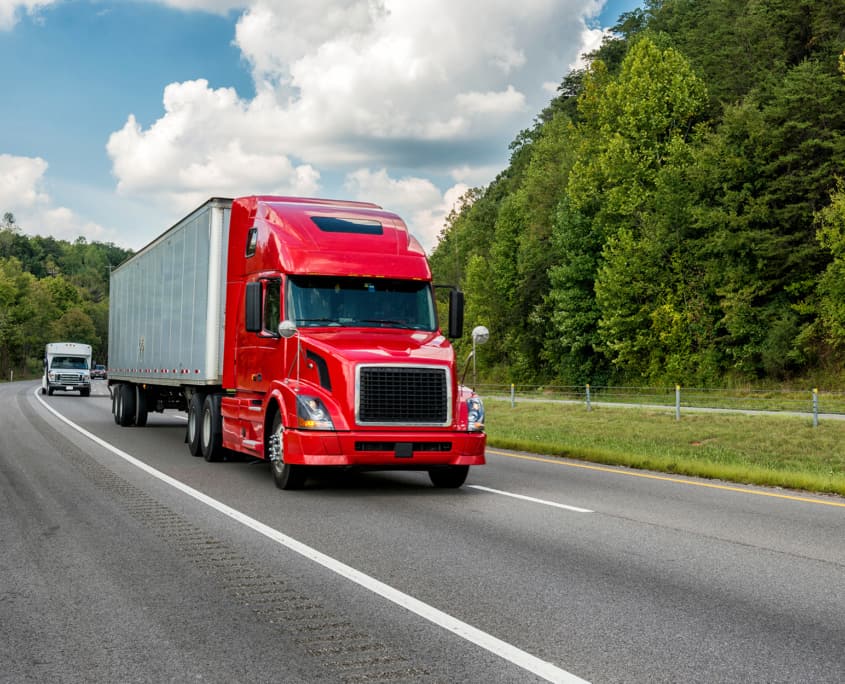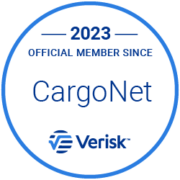
3PLs, or third-party logistics providers, offer a wide variety of logistics services to shippers. Many 3PL companies act as an intermediary on behalf of shippers to engage services from trucking companies. Some 3PLs also provide warehousing, distribution, freight forwarding or other value-added services. I have spent my entire 30+ year career in the logistics and transportation industry, and in that time, I have worked with many different 3PLs and 4PLs. In this blog post, I will explore how 3PLs work, the key services they provide, how shippers can benefit from a 3PL partnership, and how to choose the right 3PL for your company’s specific needs and challenges.
How Does a 3PL Work?
3PLs must first work to understand the shipper’s unique needs and goals. For 3PLs that focus on providing freight brokerage services, this could be as simple as helping the shipper gain access to truckload capacity at better rates and with improved service levels, however, it could also include more complex solutions such as drop trailer programs or other value logistics services. The 3PL and shipper define and agree upon specific goals and metrics to help guide their partnership. Gathering this information allows the 3PL to then develop a customized solution that meets the client’s goals within their desired budget and timeframe.
Typically, a 3PL will assign a dedicated Account Manager and operations team to each shipper account. The Account Manager acts as the primary point of contact and engages with the shipper at a strategic level to understand their needs and overarching goals. The operations team is responsible for executing and managing the day-to-day tasks.
The Account Manager is also responsible for ensuring that the operations team is meeting or exceeding the agreed-upon metrics. In addition to the daily and weekly reporting the operations team provides to the shipper, the Account Manager will deliver additional reporting, typically including a monthly report and a Quarterly Business Review (QBR) which provide the shipper with an overview of the 3PLs performance and opportunities for improvement. In a truckload brokerage environment, these metrics typically include on-time pick-up and delivery, carrier performance/scorecards, freight and accessorial costs, and more. The 3PL can also track and report customized metrics that are of unique relevance to the shipper’s logistics operations.
Many shippers, particularly small- to medium-sized companies, continue to rely on emails, spreadsheets, or underpowered Transportation Management Systems (TMS) to execute their logistics operations. Tech-enabled 3PLs provide their clients access to a TMS, Warehouse Management System (WMS) or other tools that enhance visibility, increase efficiency, and reduce costs. A modern TMS offers functionality including shipment planning and execution, quote requests, load tendering, real-time track and trace, alerts and notifications, reporting, and much more.
The Evolution of the 3PL Industry
According to a recent report from Mordor Intelligence, the global 3PL market is currently estimated at $1.29 trillion, and is expected to reach $1.68 trillion by 2029, growing at a CAGR of 5.48%. As the global supply chain has grown in both size and complexity, the challenges facing shippers have proliferated, and in response, 3PLs have expanded the services they offer. In addition to transportation and warehousing services, 3PLs now offer a wide array of solutions including freight forwarding, inventory management, order fulfillment services, cross-docking, value-added logistics services, consulting and more.
Ecommerce and omnichannel retail have rapidly accelerated the evolution of the 3PL industry. Amazon raised the bar on fast and free two-day shipping from an unheard-of perk to table stakes for ecommerce competitiveness. This placed enormous strain on supply chains, which spurred many shippers to turn to 3PLs for solutions. As shippers strive to deliver the optimal customer experience, ecommerce has spawned rapid advancements in services designed to support online retailers, including order fulfillment centers and processes, last mile delivery, returns management/reverse logistics and inventory optimization. This trend was well underway prior to the COVID-19 pandemic, which only added urgency to the build out of ecommerce fulfillment business capabilities as consumers around the globe relied on online orders rather than shopping in stores.
Globalization also drove the development of 3PL services, as shippers sought lower costs through offshore manufacturing and production. This strategy effectively lengthened the supply chain, requiring the coordination of air, ocean, rail and over the road transportation to move goods to market, in which 3PLs played a critical role. The pandemic, combined with tariffs, the 2020 United States-Mexico-Canada Agreement (USMCA), the Russian invasion of Ukraine, to name but a few factors, caused some shippers to reevaluate their reliance on overseas manufacturing, particularly in China, accelerating the trend toward reshoring and nearshoring. In 2023, for the first time in 20 years, the U.S. bought more goods from Mexico than China, vaulting Mexico to the position of top trading partner for the U.S. Again, 3PLs played a critical role in helping shippers get their goods to market as they sought to bring manufacturing closer to the end consumer.
Sustainability has also arisen as an area of intense focus. Shippers are under increasing pressure from shareholders, consumers, and regulatory bodies to reduce their greenhouse gas (GHG) emissions. Governor Gavin Newsom of California recently signed a law requiring companies larger than $1B in annual revenues that operate in California to report both direct and indirect GHG emissions. Scope 3 GHG emissions are notoriously hard to measure due their very nature as these emissions are related to activities that are neither owned nor controlled by the organization. Logistics providers can play a critical role in helping shippers capture Scope 3 CO2e emissions data and arming them with the data they need to make informed carbon reduction decisions.
As shippers needs continue to change, some 3PLs have evolved into 4PLs, which serve as a single point of contact and manage any number of 3PL providers on behalf of a shipper. To learn more about the difference between 3PLs and 4PLs, please see below.
Why Shippers Should Outsource to a Third-Party Logistics Provider
Shippers of nearly every size and any industry can benefit from partnering with a third-party logistics provider. No matter the industry, there are some common scenarios that often spur companies to partner with a 3PL.
- Cost savings: Shippers often partner with a 3PL to gain access to a broader transportation network at lower cost. By leveraging the 3PLs established relationships and economies of scale, 3PLs can often negotiate better shipping rates. In addition, outsourcing some of their logistics and transportation functions to a 3PL allows shippers to reduce internal costs associated with these functions.
- Lack of internal resources: Building a dedicated in-house team of logistics and transportation experts can be a daunting and cost-intensive task. For shippers that lack the internal resources, or simply wish to invest elsewhere, partnering with a 3PL can provide a more cost-effective approach to accessing resources and expert personnel that can serve as an extension of their team.
- Focus on core competencies: While some shippers lack the resources to build out internal teams focused on logistics and transportation, others choose to partner with a 3PL for strategic reasons. By leveraging the 3PL to focus on the day-to-day challenges of logistics and transportation, the shipper can focus its workforce on core competencies such as product design, manufacturing, marketing, sales, and customer service.
- Fluid business conditions: For companies undergoing rapid growth, expanding into new markets, or those with seasonal or fluctuating demand, partnering with a 3PL can be a good option. 3PLs offer flexibility to quickly scale up or down operations, agility to service new markets, and adapt to changes in demand without putting strain on the core business.
Key Services Offered by 3PL Providers
Transportation Management
3PLs coordinate the end-to-end transportation of goods via road, rail, ocean, or air. The service they provide includes matching the right carrier with the shipment, route optimization, booking the freight, track and trace during transit and freight pay and audit.
Value-Added Services
Building on these core transportation services, some 3PLs offer comprehensive solutions to more complex logistics challenges, including drop trailer programs, multi-stop truckload, consolidation, and more, depending on the shipper’s needs.
Logistics Technology
Tech-enabled 3PLs can provide shippers with access to tools that drive efficiency, create visibility, and reduce costs, including a TMS, WMS, and integration middleware to connect disparate systems through EDI, API or other protocols, and provide a unified view of logistics activities.
Warehousing and Distribution
For shippers that need space in addition to that in their own warehouses, many 3PLs offer access to warehouse space and warehousing services for storing and distributing inventory. In addition to storage space, these 3PL warehouse services can include inventory management, picking, packing, kitting, labeling, and shipping and other tasks associated with order fulfillment.
Customs Brokerage and International Freight Forwarding
For shippers with international supply chains, some 3PLs offer services to facilitate customs clearance and compliance with import/export regulations. These 3PLs may also provide international freight forwarding services via ocean, air, and ground transportation.
3PL vs 4PL
If you have researched the different logistics service providers, you have likely come across references to 4PLs, or fourth-party logistics providers. What is the difference between a 3PL and a 4PL? 3PL broadly refers to any third-party entity delivering logistics and/or transportation services that is distinct from the shipper or the carrier. A 4PL acts as a single point of contact that oversees a shipper’s entire supply chain, often managing the services of multiple 3PLs. 4PLs are sometimes referred to as a Lead Logistics Provider (LLP) or Managed Transportation Services provider. To learn more, please read my blog post “3PL vs 4PL: Choosing the Right Solution for Your Business Needs.”
3PL vs Freight Forwarder
Freight forwarders typically focus on the transport of goods from A to B on behalf of shippers, whereas 3PLs can provide additional services beyond transportation, such as warehousing, picking, packing, managing inventory levels and other services.
How to Choose the 3PL Provider for Your Needs?
Now that you’ve explored how 3PLs work, the services they provide, and the advantages of partnering with a 3PL, here are some things to consider when evaluating potential 3PL partners.
- Define the logistics management services your business requires
- Evaluate the capabilities of potential 3PL partners
- Evaluate the technology solutions they bring to the table
- Assess the financial stability of potential 3PL partners
- Ask for references from prior clients and seek independent reviews
- Conduct site visits
Once you have completed these steps, the next step is negotiating a contract, or service level agreement (SLA), that clearly spells out the expectations, metrics, roles and responsibilities and overall goals of the partnership. To learn more, please click here.
Understanding the role and advantages of utilizing a 3PL is crucial for businesses seeking to optimize their supply chain operations. By offering a diverse array of outsourced logistics services, 3PLs act as strategic intermediaries, leveraging their expertise, resources, and technology to enhance efficiency, reduce shipping costs, and improve overall performance. Through a thorough understanding of a shipper’s unique needs and goals, 3PLs develop customized solutions, coordinate service execution, and provide valuable insights through ongoing communication and reporting. As the logistics industry continues to evolve to meet the demands of global commerce, the partnership between shippers and 3PLs remains essential for navigating complexities, driving innovation, and achieving sustainable growth. Choosing the right 3PL provider involves careful evaluation of capabilities, technology solutions, financial stability, and cultural fit, ensuring a collaborative and successful partnership that delivers tangible benefits for all parties involved.
Whether you need full logistics management, carrier sourcing, or help with any part of the logistics process, Sheer Logistics delivers industry experts and cutting-edge technology that deliver bottom-line results.








